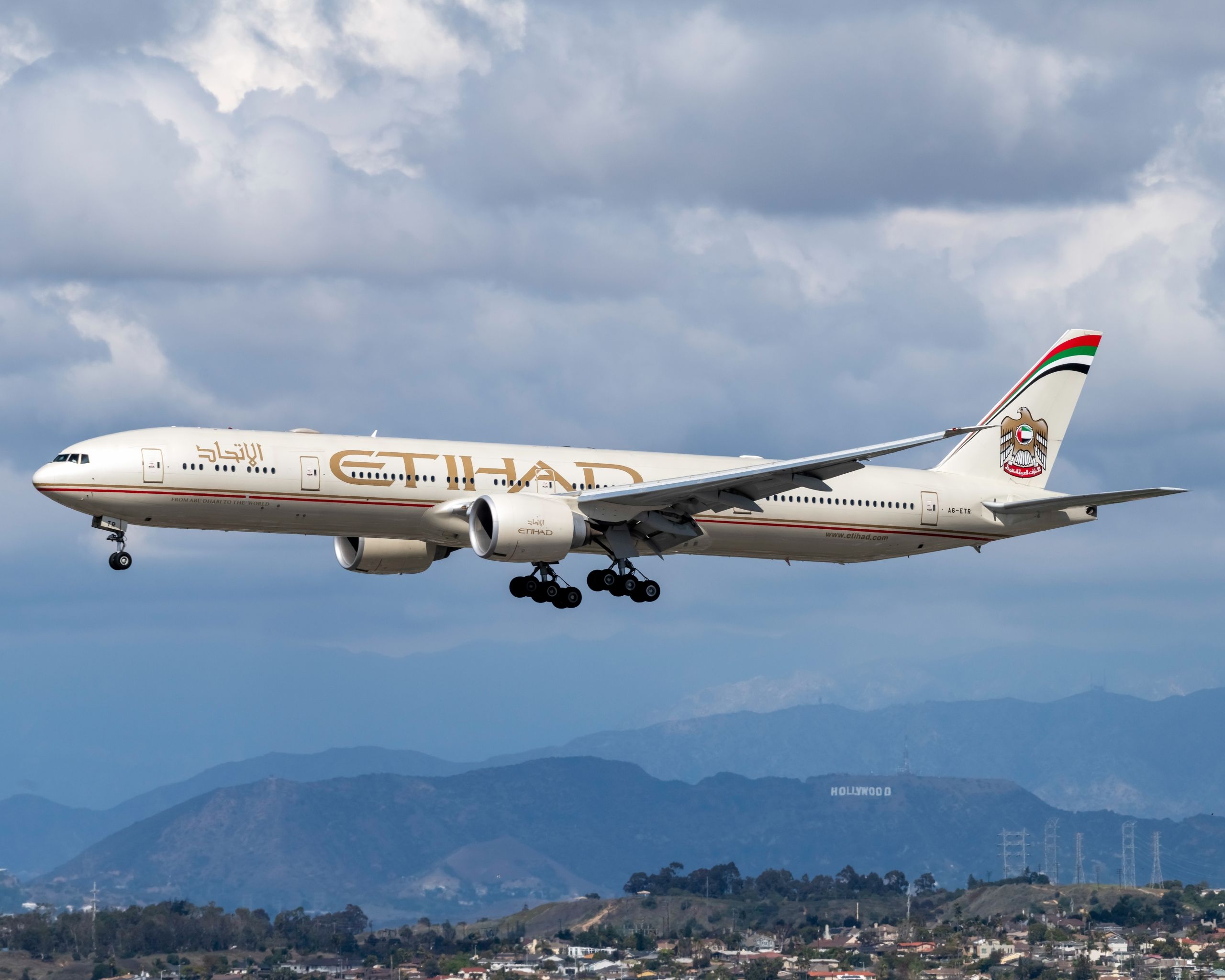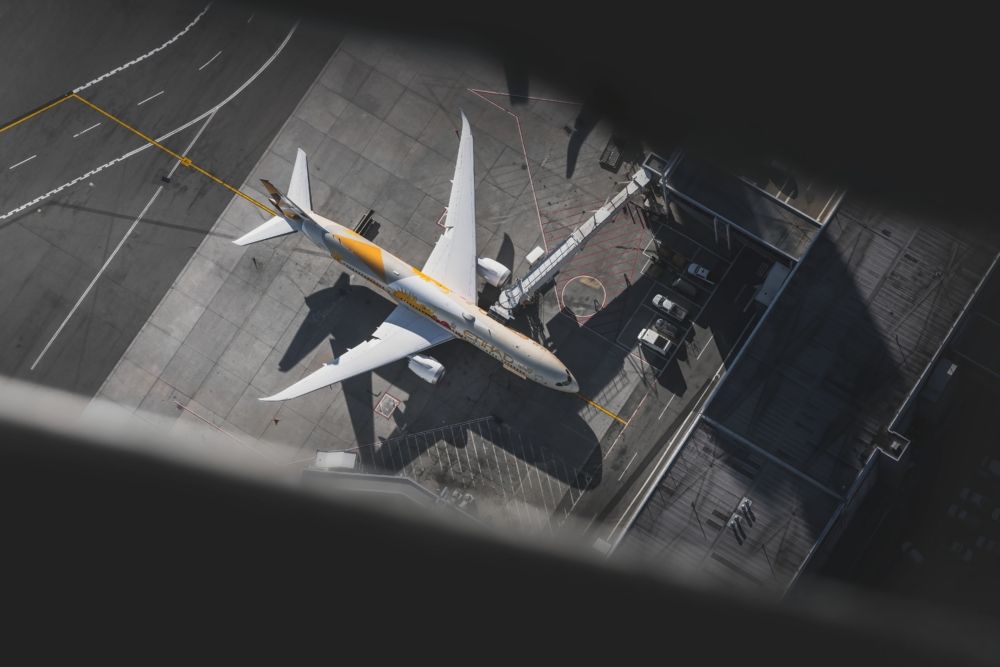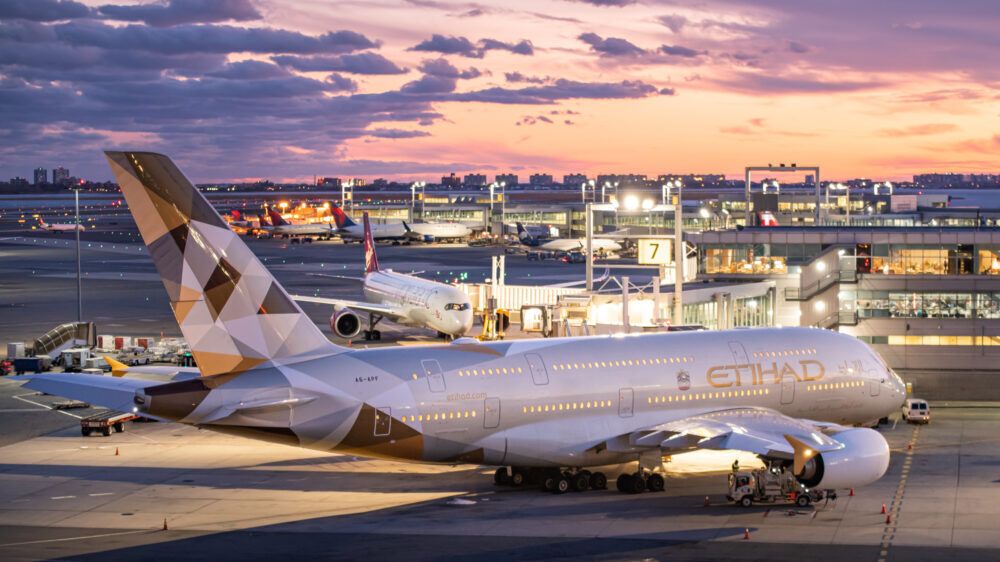A member of the popular Middle East Three (ME3), Etihad is the flag carrier of the UAE. After a rough few years and several bad investments, the carrier has been slowly turning the ship around. So which aircraft does Etihad operate, and which ones has it said goodbye to during the pandemic? Here's a look at Etihad's fleet in 2021.
Data in this article is courtesy of Planespotters.net.
Today
Since 2017, Etihad has been shrinking its fleet in line with its smaller route map. With dozens of destinations now gone, the carrier has had little use for many aircraft types altogether. As it stands today, Etihad's fleet consists of 90 aircraft, namely:
- 30 Boeing 787-9s
- 19 Airbus A320-200s
- 19 777-300ERs
- 10 A321-200s
- Nine 787-10s
- Three A350-1000s (delivered but never flown)
Nowadays, the 787 does most of the heavy lifting at the Abu Dhabi-based airline. These efficient aircraft can be found on routes to Europe (-10s) and even the US (-9s), helping the airline save millions in costs compared to larger jets like the 777 or A380.
Meanwhile, many routes have been bumped down to the narrowbody side. The A320 and A321 can be mainly found on routes to the Middle East and South Asia, both bustling markets with strong demands. This will leave the carrier at a slight disadvantage in the future, with Emirates and Qatar using the 777 or A350 on such routes, but it does help to cut costs.
Saying goodbye
Despite taking new deliveries, Etihad's fleet has shrunk from a peak of 121 in 2017 to 90 today. Some of these retirements have been induced by the pandemic, namely the decision to retire all 10 Airbus A380s. After a year of grounding, the airline formally announced that the jets would be exiting the fleet in April 2021. These superjumbos have now moved to long-term storage, where they will likely remain forever, barring a surprise recovery.
However, it's not only the A380s that Etihad has said goodbye to in the last two years. As a part of its turnaround plan, the carrier has also retired its entire A330 fleet, once a mainstay on medium-haul routes. This includes freighters and over two dozen A330s had left the fleet by the end of 2019.
Another generation of aircraft headed for retirement are all 19 of Etihad's 777-300ERs. The carrier has announced that this generation of 777s will be gone by the end of 2021, officially leaving Etihad with only three families of jets, as the future of its 777X order remains in limbo.
Stay informed: Sign up for our daily and weekly aviation news digests.
Soon
By the end of 2021, Etihad will operate only the Airbus A320, A350, and Boeing 787 for all of its operations. It's unclear when the A350s will enter service. Despite three being delivered to the carrier, these planes have never flown a revenue passenger. After sitting in storage, there are signs that these jets could be activated soon, and the airline has repeatedly said that they will play a key role in the fleet.
Over the years, Etihad has become a far more nimble airline. With only efficient widebodies and a major A320 fleet, the carrier will benefit from matching demand and capacity. While it may not be the behemoth it once was, Etihad remains a player in the aviation market.
What do you think about Etihad's fleet? Which aircraft have you flown? Let us know in the comments!



